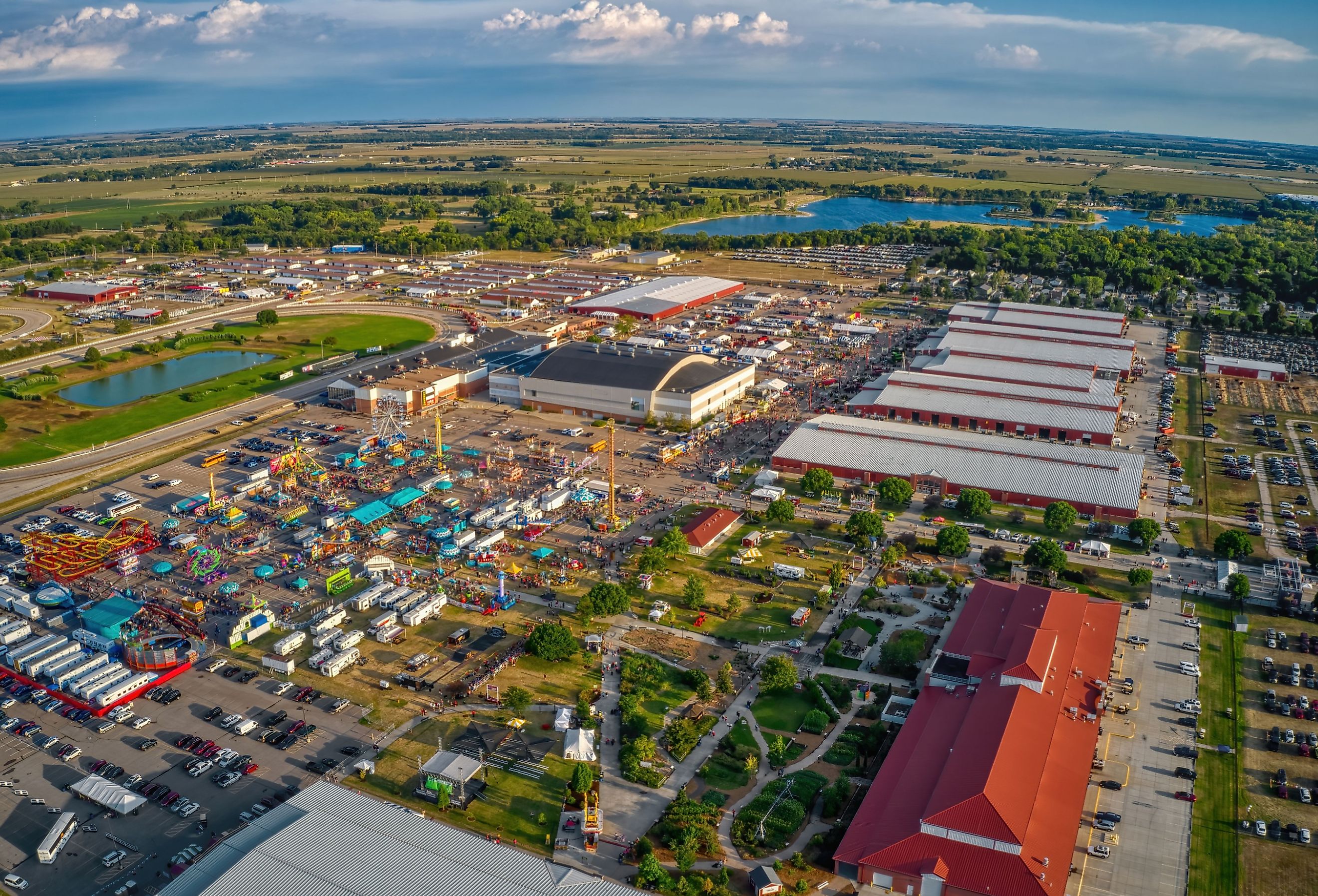
These Small Towns in Nebraska Have the Best Historic Districts
Having entered the United States as the 37th state in 1867, Nebraska has much to showcase and display. Many Nebraskan towns have unique historic districts that will take visitors back to when mammoths roamed the land, native tribes hunted game, and the first railways were built! These historic districts are the best places to relive the state's history and enjoy the town’s natural beauty and activities.
Beatrice
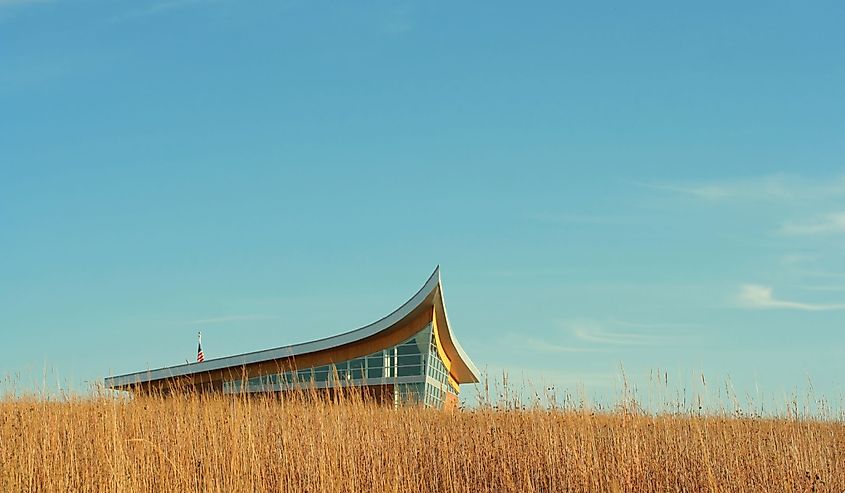
Founded in 1957, Beatrice was established as Gage County's county seat and was named after the daughter of the first president of the Nebraska Association. Historic downtown Beatrice has been recently added to the National Register of Historic Places and encompasses 119 buildings. Showcasing the small town’s history, the district’s oldest preserved building was built in 1872 and has witnessed significant events such as the Homestead Act and Beatrice's industrial boom. Beatrice was once home to the hunter-gatherer Oto Indian tribe, which later moved to the Big Blue reservation. The Gage County Museum walks visitors through the town's history and was built in the exact location of the town’s very first building, Pap Towle’s Cabin. Tourists exploring the historic district can observe the rock-bottom fork of the Big Blue River and the Oregon Trail from the scenic Court Street Bridge. Recreational opportunities in Beatrice include the Beatrice Country Club and more than 10 miles of community hiking trails in Chautauqua Park and Riverside Park.
Crete

Sitting on the riverbanks of the Big Blue River, Crete has caught the eyes of travelers and settlers alike, resulting in its three historical districts: College Hill Neighborhood, Doane University, and Crete Downtown District. The town’s historic districts trace back its history, starting from the arrival of its first residents in 1863. The downtown historic district has 53 properties under its management. Along with the Crete Heritage Society, the downtown district has been recently recognized as a home to historical monuments, with the Bickle Farmstead- home of Crete’s first white settlers- and Benne Memorial Museum, which exhibits archives and organizes educational programs for visitors. One of the most transformative events the town witnessed was the establishment of the Burlington Missouri River Railroad in 1871. This triggered the economic and industrial growth in the city, as indicated in Saline County Post's first newspaper, published in the same year the railroad was built. The post office is now known as The Crete News and can be found in the downtown historic district as well.
Schuyler
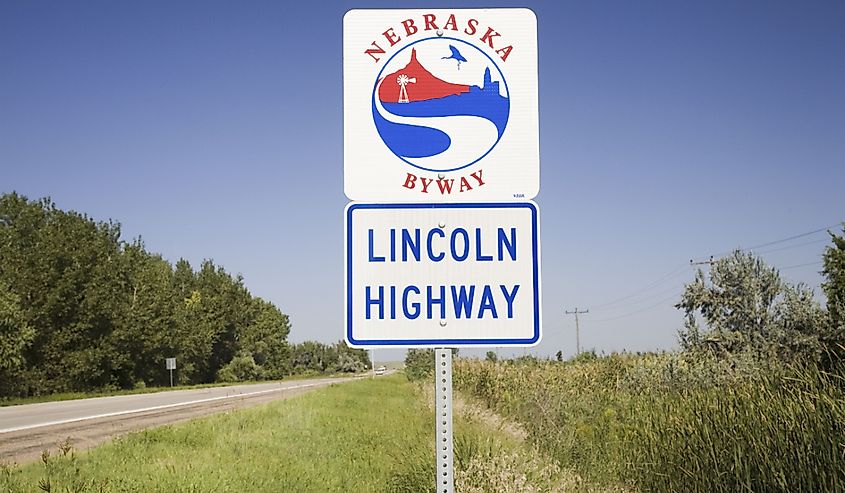
Like Crete’s economic movement, the Lincoln Highway, built in 1913, contributed to the development of Schuyler and supplemented its rich agricultural yield by facilitating trade. Being rich in water and land, Schuyler was one of the few self-dependent areas whose inhabitants did not resort to large cities such as Omaha. Shuyler’s historic district has over 40 buildings and was listed as a new district in 2016. The Colfax County Museum is a great place to understand the town’s history since its collections and archives date back to the 1880s, a critical time for its agricultural and industrial development. Also, visitors will be struck by the number of dealerships and shops built and preserved from that era, as well as their structure, architecture, and unique display. Other historic sites include the Colfax Theatre and Oak Ballroom. To explore the town’s natural landscapes and water resources, hikers frequent the Railside Green Arboretum and Maple Green Canyon.
Grand Island
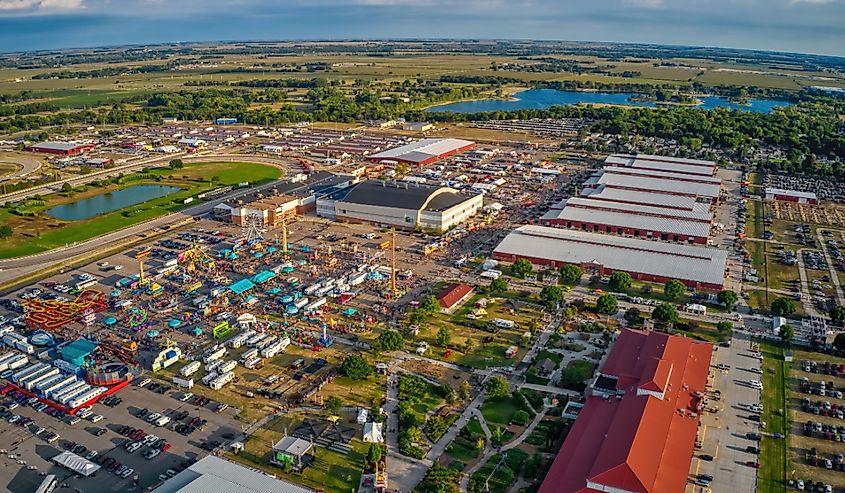
Consisting of 7 blocks, Grand Island’s historic district was recognized in 2019 after efforts to revitalize it succeeded. Its 49 contributing buildings stand out with large window panes and traditional cornice decoration. The most iconic and well-preserved monument in the district is the Grand Theatre. While there are many performances visitors enjoy inside, the architectural uniqueness of the building has made it a marvel inside out. The district was first constructed as a trade and commercial hub during the 1860s. Therefore, the town combines centuries of architectural excellence with innovations in transportation that made the city an essential destination for Union Pacific Railroad commuters. To supplement academic tours downtown, there are Railside breweries and antique stores that tell the stories of local small business owners.
Kearney
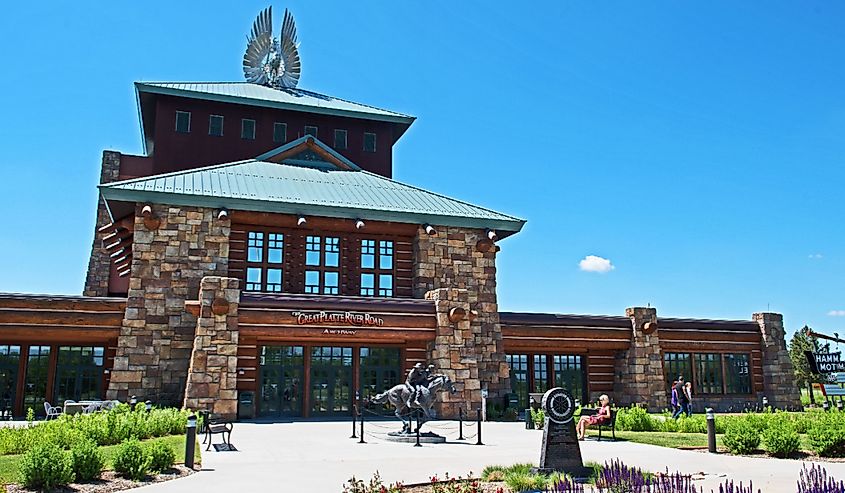
Kearney’s historic downtown district is more significant than other small towns in Nebraska, with 103 of the landmark district’s monuments concentrated in 5 square blocks around The Bricks hub. Having earned its name from utilitarian-style brick infrastructure built in the 19th century, The Bricks is renowned as the town’s retail hub and has been a vital pillar of Kearney’s economy. Visitors can tour the Museum of Nebraska Art in the district and check out vintage boutiques and shops. Kearney is located near the Pacific and Atlantic Oceans, making it a key pit-stop for cross-country travelers. Along with its proximity to Interstate 80, Kearney's historic district features educational opportunities focusing on transportation, as shown in Kearney’s Henline Building, Fort Kearney Museum, and the University of Nebraska at Kearney. The town is also known as the sandhill capital of the world and is frequented by tourists visiting the picturesque Apollo Park and Buffalo Ridge Golf Course.
Neligh
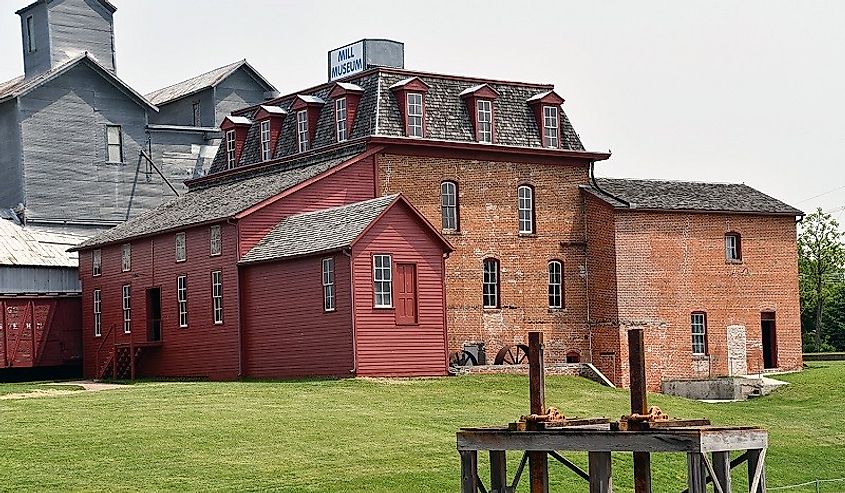
Neligh may be small, but the 41 buildings featured in its downtown historic district have much to say about the town's rich history. The town’s economy is agriculture-based, and its evolution began in John Neligh’s Mill, which displays centuries of production dating back from 1873 when the city was founded. The F.E. Geiseker Building narrates the change in the town’s economy and infrastructure as times changed and transportation improved. In contrast, the Antelope County Museum focuses on the Native American history of the city ever since the Ponca Indians traveled through the land in 1877. Other attractions in the town include the White Buffalo Girl State Marker, which commemorates the daughter of the Ponca tribe leader. The Pierson Wildlife Museum and Learning Center is a great place to learn more about the fossils of ancient animals that once roamed the town.
Hartington

Hartington is Cedar County’s seat, and its historic downtown district has been added to the National Register of Historic Places. The district currently encompasses 30 buildings, including Cedar County’s Historical Museum, which displays the town’s first fire engine and collection of the town’s historical documents. The building was preserved by the Lammer family, who built it in 1869 and was transformed into a museum in 1983. The remaining incorporated buildings range from Cedar County News to the City Auditorium. For a change of scenery, visit Nissen Family Vineyards to get a different taste of the town. Other tourist destinations include the Hartington Golf Club and Cobblestone Inn and Suites.
Visit these Historic Districts in Nebraska
Known for their critical location along the Union Pacific Railway and other infamous highways, these towns have an eventful past and unique historic districts that will take travelers back to the 19th century and beyond. In particular, some of these towns delve into the more profound account of Native and Indigenous tribes that traversed the area, as well as remnants of ancient animals that inhabited the region.











